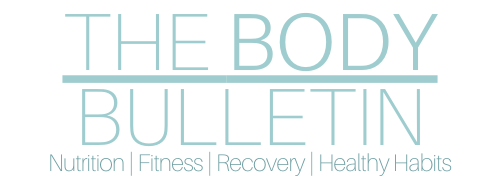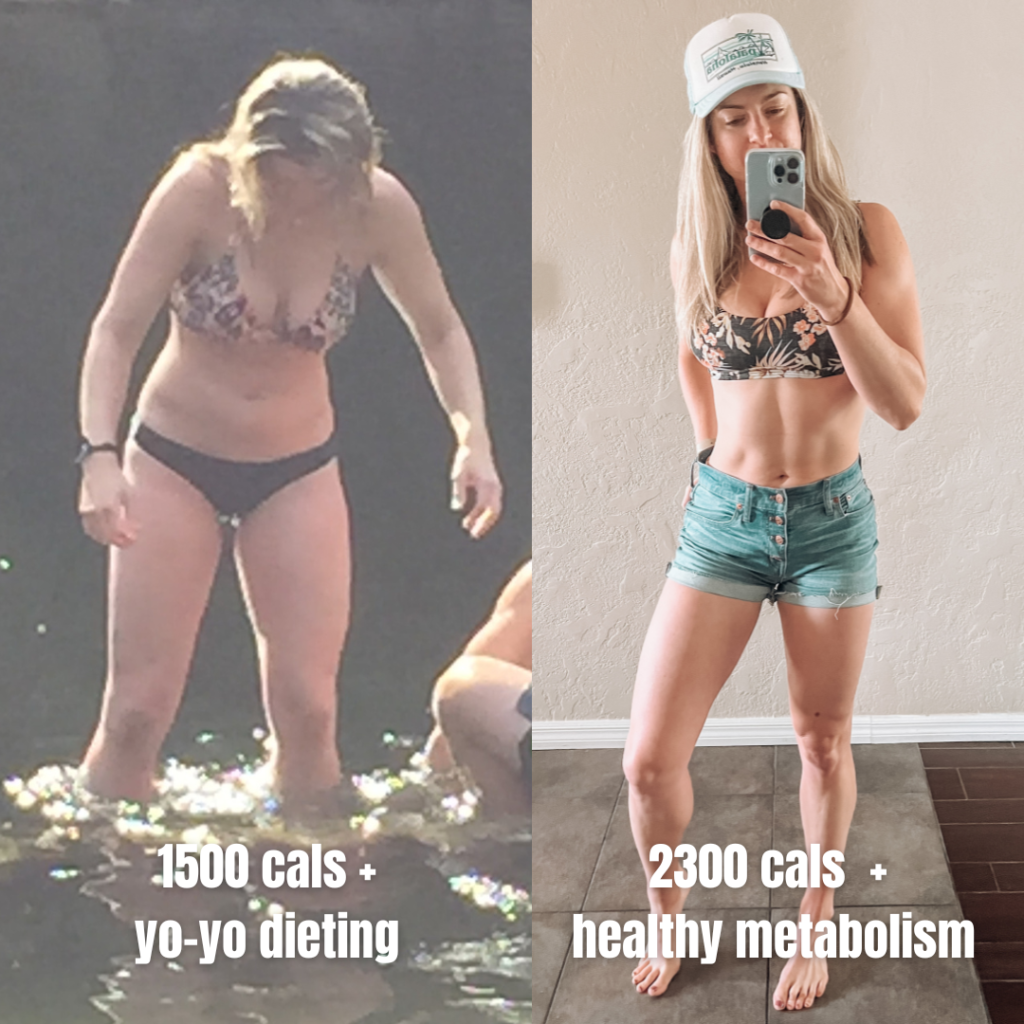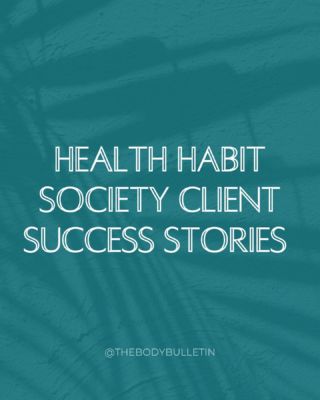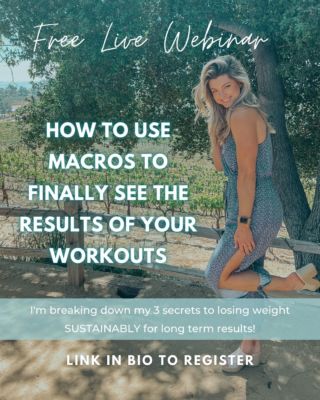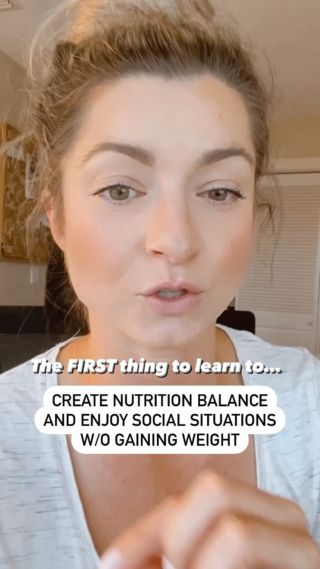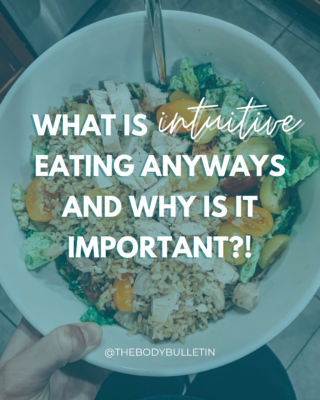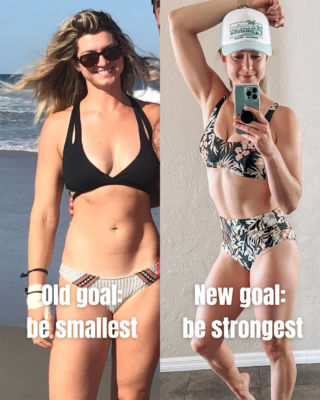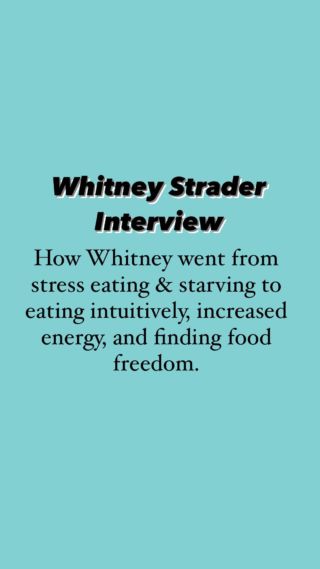
If your holidays looked anything like mine, the cookies, pie, pastries, and wine were in abundance. A week after New Years Day I noticed I’m two belt loops out from normal. Yikes! This article is for you if you are looking for guide on how to wean yourself off sweets and get back on track with your diet.

During the holidays I keep my diet clean when I can, but like most people, I definitely indulge in more baked goods, sugary treats, and ample wine. I made a commitment to get back on my gym routine, eat healthy, and drastically reduce my sugar intake post New Years Eve.
But there’s a problem.
See, just because I want to do this, doesn’t mean my brain is ready to let it go. And as such, I still desperately CRAVE sugar. Seriously, I can’t stop thinking about it!
After dinner the need to close my palate loop with a little coconut milk ice cream, chocolate, or cookie pulls me in like a action-packed thriller. I drive by a donut shop and can almost taste the sweet outer crust of an old fashioned donut melting in my mouth.
Oiy!!
If you are in need of a step-by-step plan to give up sugar and get back on track with your diet. This article is for you.
Sugar Addiction
What’s so sneaky is how much sugar acts like an addictive substance. Therefore, trying to break the sugar addiction cycle is a challenge for any human. I looked into sugar and how our body processes it. See chart below.
*Graph adaptated from https://makeyourbodywork.com/overcoming-sugar-addiction/
This cycle paints a very clear picture. Our brain is wired to crave sugar and get rewarded when we consume it. Sigh….
Understanding how the sugar addiction cycle works is an important step if you truly want to break the habit. I know this may seem like too big an obstacle at this moment.
But there’s something else…
..We have this little super power called the prefrontal cortex on our side. Yeah people! The prefrontal cortex is my personal favorite part of our brain responsible, for our decision making and executive function.
“Executive function relates to abilities to differentiate among conflicting thoughts, determine good and bad, better and best, same and different, future consequences of current activities, working toward a defined goal, prediction of outcomes, expectation based on actions, and social “control” (the ability to suppress urges that, if not suppressed, could lead to socially unacceptable outcomes).”
– https://www.thescienceofpsychotherapy.com/prefrontal-cortex/
While neurotransmitters may be doing some behind the scenes work (see infographic above), with some strategy, your prefrontal cortex is the one truly in charge that can break the sugar addiction cycle.
But first…
There has to be a bigger purpose, goal, or reason for quitting sugar. When I think about why I want to eat right, often times it’s as simple as not wanting to buy larger clothes. The cost of that alone is enough to propel me to get back on track. And that friends, is executive function in action.
Find what speaks to you. Before you do anything else answer this:
Why do you want to quit sugar? What is the specific reason?
Analyze your behavior and ask yourself a few questions when you feel your cravings come on:
- Are you really hungry? Would eating a normal meal satiate you?
- Why do you feel the need to eat sweets in the moment?
- Are you bored or hungry? Will that cookie or candy bar fill the void?
- Ask yourself if eating sweets will get you something you lack or satiate you in some way? If yes, this could this be due to missing some macro or micronutrient in your diet (i.e. not enough protein).
- What is the void this dessert is filling?
- Are there recurring settings or situations you feel the need to indulge in sweets?
Step-by-step guide to giving up sugar:
Step 1: Plan Your Meals Ahead of Time
To ensure you are getting adequate amounts of macro and micro nutrients, plan your meals ahead and log them in a food app. I plan my meals ahead of time so I know what I’m going to eat the next day from the moment I wake up until I go to bed. I know how many calories I’ll eat at each meal and plan to eat every 2-4 hours. That’s right, 2-4 hours. By eating this often, you’ll never end up in a state of “hanger” where you might make some bad choices and give into the cravings of the moment.
Planning your meals ahead of time also will help you when the inevitable happens – someone brings donuts or cake to the office. But it’s okay, you’ve put in time and effort into ensuring you get adequate food for the day. Because you have planned ahead, you are less likely to veer off course with your diet. Whereas, the old you, with the “fly-by-the-seat-of-your-pants” eating method, would typically indulge.
A common objection to meal-prepping or planning is that it’s time consuming and not a sustainable practice. I completely agree. That’s why it’s temporary. Once you get the hang of meal prep, it becomes second nature, you be able to eyeball most of your meals.
If you need to simplify this process further, check out The Easiest Way to Meal Prep for Weight Loss in Four Simple Steps
Step 2: Transition and Substitution
AKA replace your refined and added sugar foods with healthier options (see below).
I’ll be honest, this is the hardest but most important part. When I decide I want to give up sugar I get irritated, so just know that’s normal. The key is to be prepared for the sugar cravings and know how to respond to them when they arise.
FRUIT IS YOUR BEST FRIEND IN THIS STAGE.
Sure, you could go cold turkey and just quit. For some people that will work just fine. For others (myself included), the sweet tooth needs to be satiated. This is where I recommend replacing your go-to indulgence with a healthier alternative like fruit. Keep in mind this “sweet treat” should still be logged in your food diary for the day.
The replacement dessert could look something like this:
Frozen Fruit Cup
- ½ cup berries (fresh or frozen)
- ½ cup frozen mangos
- Cacao nibs for a crunch topping
- 1 tbsp almond or peanut butter
Banana Ice Cream
- 2 frozen bananas
- 1 tsp cacao powder
- ¼ cup coconut milk (or water)
- Blend all ingredients in a food processor until smooth
- Optional: 1 tbsp cacao nibs for topping
These are my go-to healthy dessert choices but there are many others. Cacao nibs are a favorite of mine to give a crunch to my dessert and the best part – they are sugar-free! Be warned, these nibs are straight cacao (unsweetened chocolate) which is high in fiber (total plus!) but tastes chalky at first. I got used to them and now love them but they are a bit of an acquired taste.
Your favorite fruits will be there for you when cookies are not.
Fruit has helped me through some rough patches in the past. When I feel like I’m hungry for sweets but I know I can’t have ice cream or cookies, I’ve made a delightful cocktail of frozen mango, berries, or bananas with peanut butter and cacao nibs to help me through the weaning.
Usually I just need the fruit “dessert” one or two days as I’m weaning off sugar. If you need it more than that, go for it, but try not to take more than five days. Also use this “dessert” as a trick to satiate you when you need a sugary fix ad hoc.
Step 3: Train Your Brain to Think Differently About Food (Yes You Can Do This)
Now that you have a solid plan to take action and prepare yourself for weaning off sugar, you have to train yourself to think differently. It’s very hard to avoid all settings where sweet treats exist. For you to be strong in those situations, avoiding the dessert, requires some forethought and planning.
Inevitably there will be temptation that crosses your path. I.e. Someone brings a cake to work. Do you stare at the cake? The more you think about that cake, how it would taste, what the flavor is, what it would be like to cut a slice, the conversations you’d have around this cake, etc, the more you’ll want and crave that cake.
STOP THINKING ABOUT THE CAKE..
If you don’t… Next thing you know, you’ll be on your second slightly larger slice and not sure how you got there.
The more you see something you want, you think about it, you crave it, you imagine having it, you then start to talk yourself into taking action to “quiet the voice” and all the sudden your staring regretfully at an empty plate of what was your second slice.
The retraining comes in when you tell yourself a different thought and refocus your attention to something else. I.e. Old you: See cookies, cookies taste good, eat cookie. New you: See cookies, tell yourself it will make you feel bad, imagine yourself with a stomach ache, walk away from place with cookies.
If you have trained yourself to think differently about dessert, avoiding the sweets can be done. “This food will make me feel bad” Say it over and over to yourself, you will start to believe it. That voice of reason in your head will start to be stronger and stronger.
Bottom line, change your thought to change your result.
Step 4: Define Your Triggers and Make a Plan Ahead of Time
What situations or foods are the hardest for you to avoid giving into?
You have to realize what your triggers are. If cookies in the breakroom are hard for you to avoid, stay away from the breakroom. If you just can’t say no to cake and you’re headed to a birthday party, plan to bring your own healthy replacement with you to eat so you don’t feel left out.
Party situations can often be the most trying. There are so many tasty but bad foods floating around in that setting. Your mental preparedness is your best ally. Plan ahead, don’t think about the bad for you foods that might be in your presence. Tell yourself a new thought (see step 3).
Just because you see the cake (or whatever dessert) doesn’t mean you should dwell on it or even think anything of it. What helps me is to pretend like it’s not even there or tell myself it would taste terrible and make me feel sick.
Focus on the sick feeling you would have (or whatever you tell yourself) if you consumed this dessert and get it out of your sight as fast as possible.
Because seriously,
Out of sight, out of mind.
Pro tip: If you workout more, you will naturally want to give you body a good fuel source to replenish and energize you. You will crave healthier foods. Somehow it just happens that way.
If you’re still having issues with the above steps or what you’re trying just isn’t quite working, I’d like to invite you to email me at shay@thebodybulletin.com. I have lived through the above multiple times and I know it can be tricky if it’s your first time (or not your first time).
The bottom line, don’t feel bad or down on yourself. Know your own brain is working against you. And know there is help here if you would like it.
-Shay
Disclaimer: All opinions are my own. This post is intended for educational, inspirational, or entertainment purposes only. I am not a doctor, the content on this blog is not intended to be substituted for medical advice.
